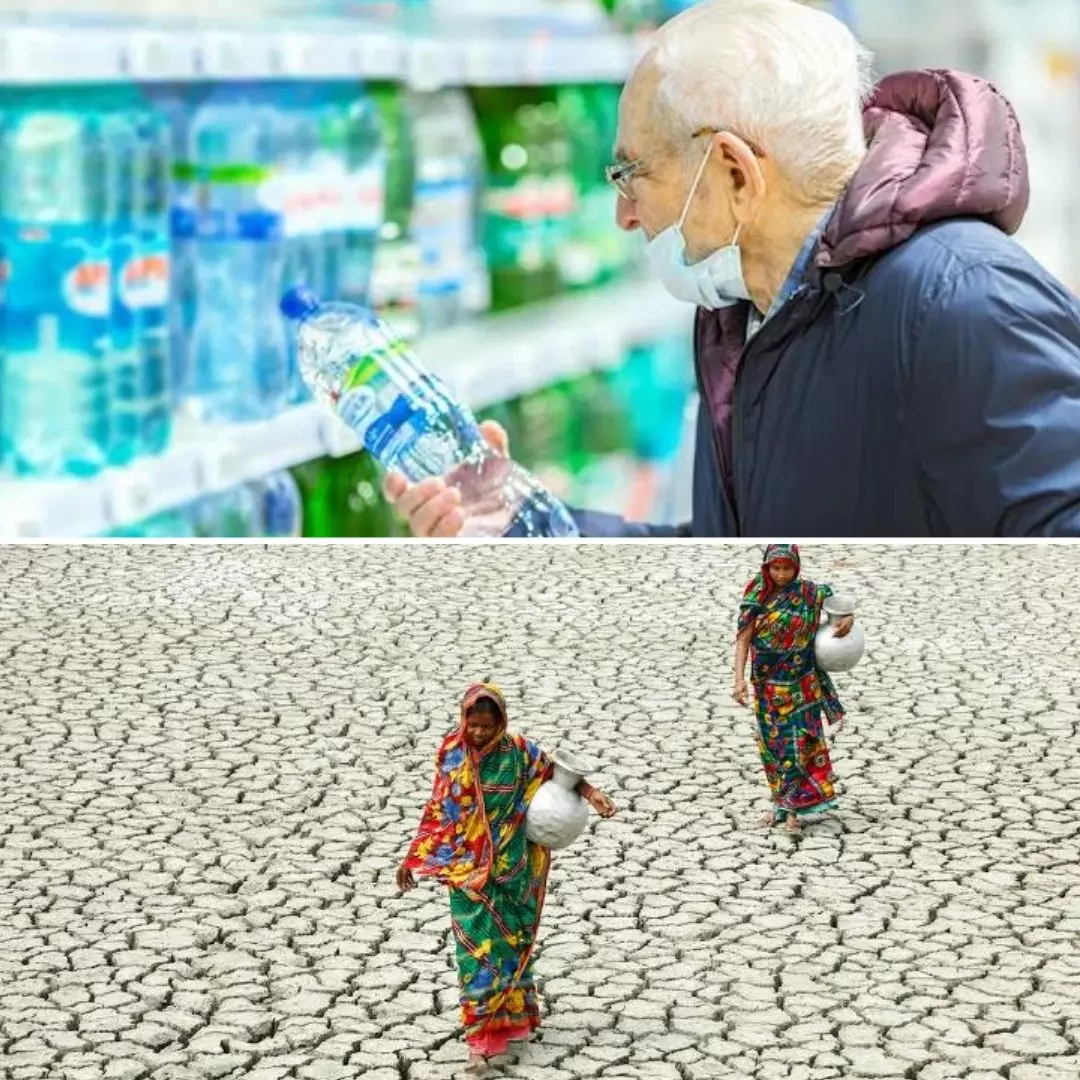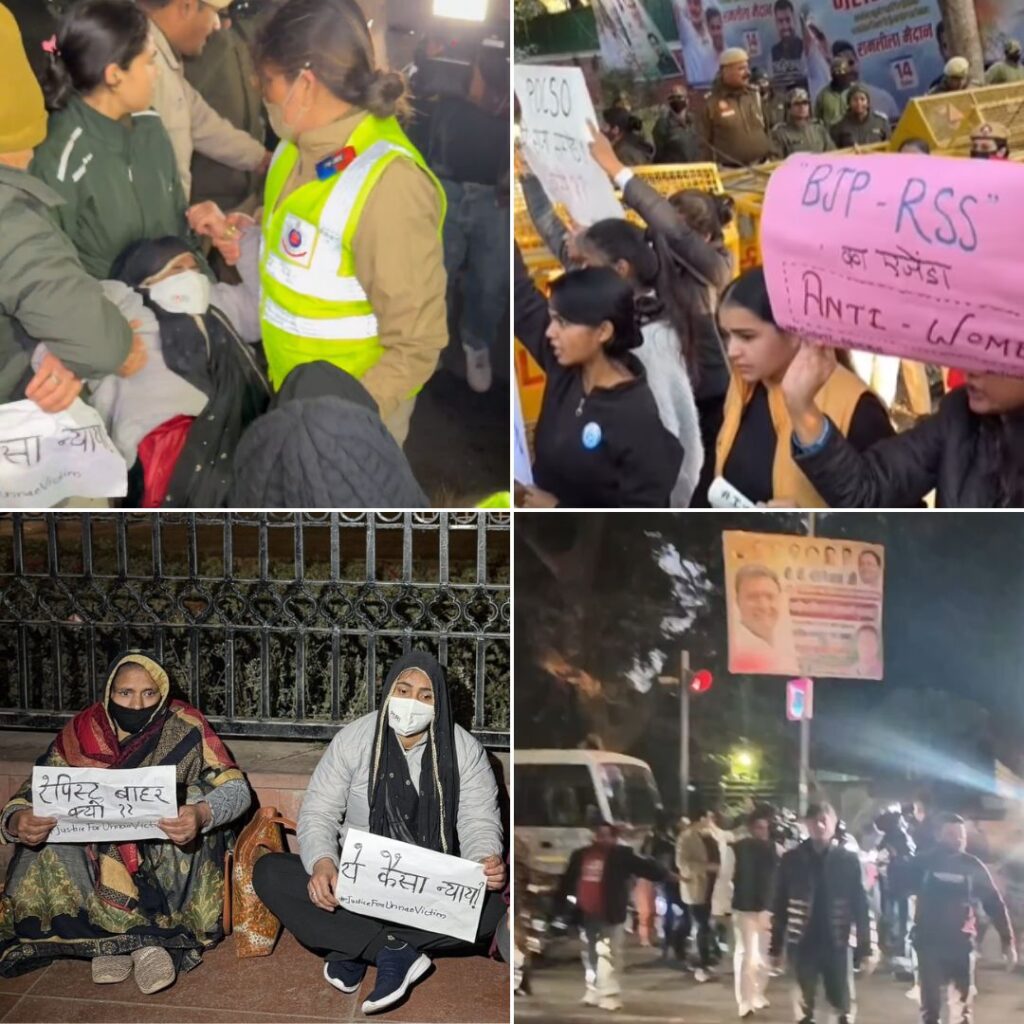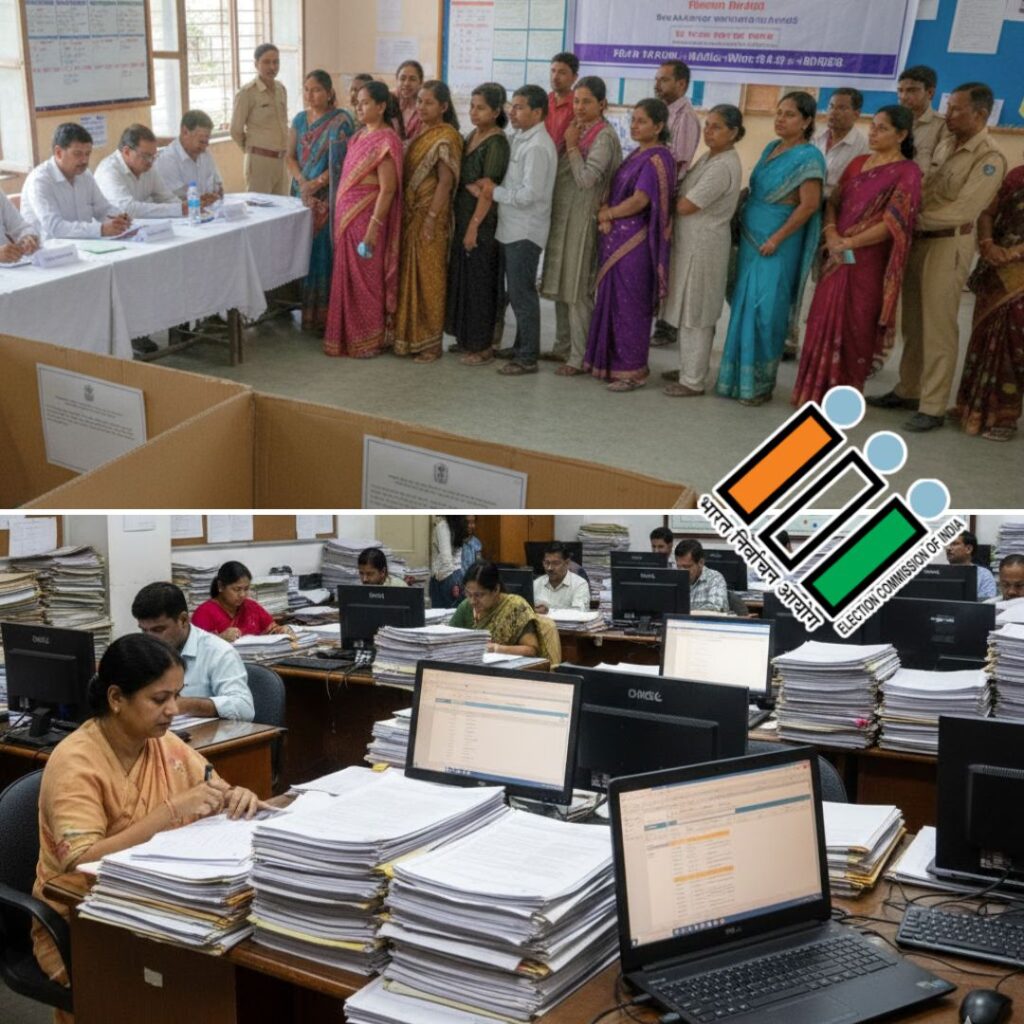One of the biggest environmental problems that goes unacknowledged is the bottled water made available in almost every nook and cranny. Not only does it carry water resulting from the over-exploitation of groundwater, but it also contributes to the plastic waste menace once its purpose is complete. Bottled water is among the most popular beverages worldwide, and the industry has made the most of it.
Despite the United Nations’ (UN) goals to make safe drinking water accessible to all, this large-scale industry has been holding countries back from racing the goal anytime sooner. In 2020, about 74 per cent of humanity had access to safe water, but that still leaves behind more than two billion people without access to safe drinking water. Here’s how the industry has been undermining the progress of safe-water projects, particularly in low- and middle-income countries.
Highly Profitable & Destructive Industry
Bottled water is a highly profitable and fast-growing industry in almost 109 countries. A recent report has pointed out how this large-scale industry has been covering up the failure of public systems to supply safe and reliable drinking water for all. It has undermined the progress of safe-water projects in many nations by redirecting attention to a less reliable, less affordable option. Bottled water exploits surface water and aquifers at a meager cost and sells it for almost 150 to 1,000 times more than the same unit of municipal tap water. The industry often justifies the price by claiming that they are offering the product as a safe alternative to tap water. However, bottled water is not immune to all contamination and simply does not face the rigorous health and environmental regulations that public utility tap water does.
Even more worrying is the fact that this industry has also been impacting the UN’s Sustainable Development Goals (SDG) in multiple ways. A latest UN University report sheds light on this aspect by saying that the annual sales of the global bottled water market are expected to double to $500 billion worldwide within a decade. This would further increase stress in water-depleted areas and contribute to plastic pollution.
Road To SDG Goals Widens Globally
The pace at which the industry is growing is faster than any other in the food category globally. The bottled water market is biggest in the Global South, with regions of the Asia-Pacific, Africa, and Latin American and Caribbean accounting for approximately 60 per cent of all sales. None of these regions is on track to achieve universal access to safe water services, which is one of the SDG 2030 targets. The report draws parallels between the industry’s impact in potentially stunting the country’s efforts to provide its people with equitable access to affordable drinking water.
Deccan Herald‘s article mentions that in many low- and middle-income countries, the rising consumption of bottled water can be seen as a proxy indicator of the governments’ failure to deliver safe public water systems. This has massively widened the disparity between billions of people who lack access to safe water and those who enjoy the water as a luxury. Globally, it has become the need for the hour to strengthen legislation that regulates the industry. Stricter legislation would impact water quality control, groundwater exploitation, plastic waste management, carbon emissions, finance, and transparency obligations, among many other aspects.
Also Read: Only 2% Of Indians Get Water Fit For Drinking In Their Taps, 65% Use Filtration Mechanisms: Survey
https://thelogicalindian.com/h-upload/2023/03/28/500x300_230840-untitled-design-6.webp
Environment
2023-03-28 12:45:49.0
Drinking Disparities! Billion-Dollar Bottled Water Industry Holds Back Countries From Sustainable Development












